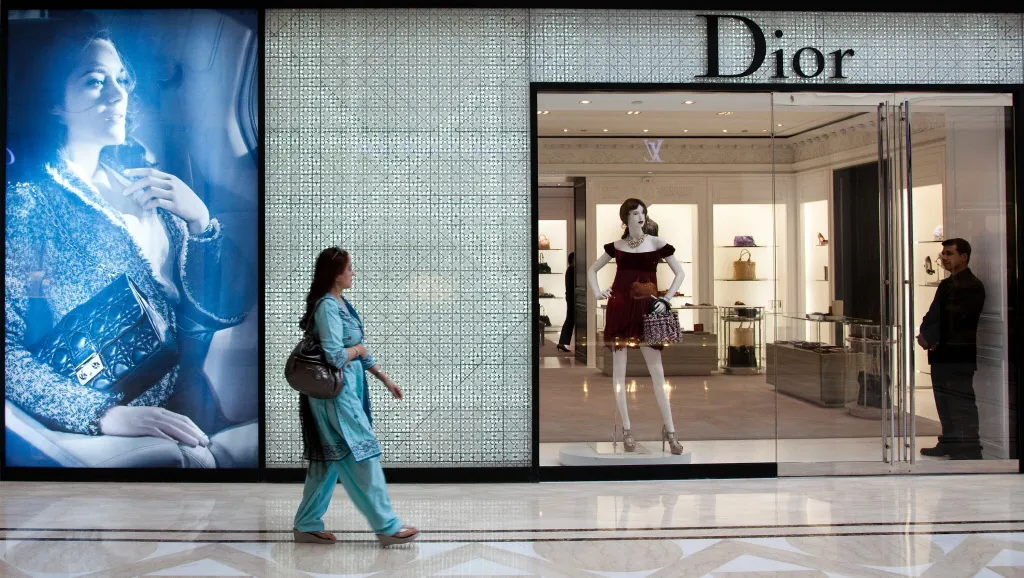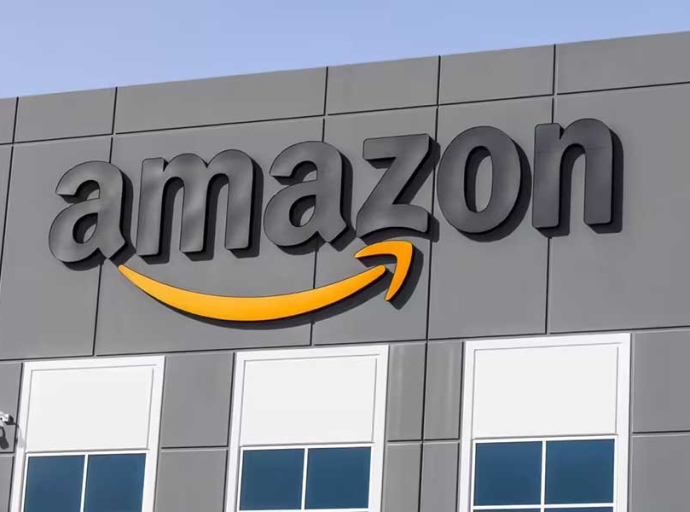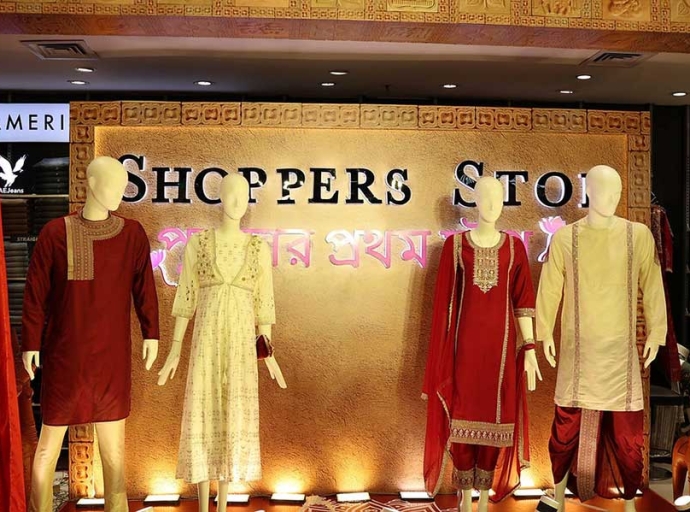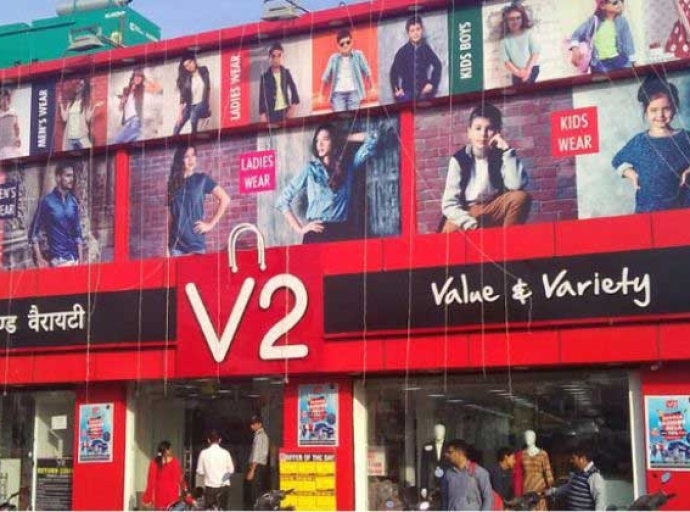India's Luxury Market: Thrives on established labels, accessible brands and homegrown talent

India's luxury market is experiencing a meteoric rise, with a growing affluent population, shift in consumer preferences, burgeoning young population with a penchant for luxury and increasing influence of digital platforms. This report explores the different segments within this dynamic market: traditional luxury, accessible luxury, and the flourishing presence of homegrown brands.
The rise and rise of luxury
As per Euromonitor International, India's luxury market is expected to reach Rs 82,186 crore by 2027, up from Rs 53,561 crore in 2022. Bain & Company forecasts an even more dramatic increase, with the market potentially reaching $200 billion by 2030, a 3.5-fold expansion propelled by a younger demographic, an expanding upper-middle class and a growing appetite for premium experiences. A Credit Suisse and UBS reports predicts 69 per cent growth in the number of millionaires in India between 2022 and 2027.
Luxury brands are actively establishing a physical presence in India. CBRE reports a 170 per cent year-on-year growth in leasing activity by luxury brands in 2023, with high streets (45 per cent) leading the way, followed by malls (40 per cent). Exclusive high-end malls like Jio World Plaza in Mumbai are further attracting international brands. This trend is likely to continue, with brands like Brioni, Roberto Cavalli, and Dunhill expected to enter the market in 2024.
Meanwhile, e-commerce platforms are playing a crucial role in expanding accessibility. The rise of online retailers like Ajio Luxe is creating a space for accessible and premium brands to reach a wider audience. They are offering a curated selection of luxury and ‘accessible luxury’ brands, reaching consumers beyond major metros.
Growing demand for accessible luxury
Boston Consulting Group India forecasts double-digit growth in the accessible luxury segment over the next five years. A significant segment is emerging between the mass market and traditional luxury - accessible luxury or bridge-to-luxury. This caters to aspirational consumers with growing incomes who seek quality and design without the exorbitant price tags. Brands like Sandro, Maje, and Tory Burch are tapping into this segment, offering a premium experience at a more accessible price point. As the market grows, Indian fashion designers and established brands are launching diffusion lines and contemporary collections that cater to the evolving tastes of domestic consumers. These brands offer a unique blend of Indian heritage and global sensibilities, posing serious competition to international players. Homegrown brands like Pero and Dhruv Kapoor are carving their niche in the accessible luxury space, offering a unique blend of Indian heritage and contemporary design aesthetics. Designers like Rahul Mishra are showcasing their collections at international fashion weeks and launching diffusion lines at accessible price points. These brands resonate with Indian consumers by offering designs that cater to local tastes and body types. Moreover, Indian designers emphasize personalized experiences and storytelling to differentiate themselves and build loyal customer bases.
Future outlook
The Indian luxury market presents a compelling opportunity for brands across the spectrum. Here are some key trends to watch:
Evolving consumer preferences: Consumers are moving away from logo-heavy pieces towards more sophisticated and individualistic styles. This creates space for new players offering unique pieces that cater to local tastes and body types.
Rise of occasion wear: While traditional occasion wear remains a significant driver of sales, there's growing potential for premium everyday wear catering to informal social gatherings.
Technology as an enabler: Artificial intelligence can personalize shopping experiences, optimize supply chains, and enhance customer satisfaction for luxury brands.
Complementary coexistence: The influx of international accessible luxury brands is not expected to cannibalize the market share of established luxury players or homegrown brands. Instead, it caters to a different segment and offers variety to consumers.
Personalization is key: Consumers are seeking a deeper connection with brands. Local players like Rahul Mishra, with his lower-priced ready-to-wear line AFEW, emphasize storytelling and service to build brand loyalty.
The future of India's luxury market looks bright. Rising disposable incomes, a growing young population with a penchant for premium experiences, and the increasing adoption of technology like AI will continue to propel this sector forward. To thrive in this competitive landscape, brands, both international and domestic, will need to adapt to evolving consumer preferences, leverage technology for personalization, and offer exceptional experiences that go beyond the product itself.
Latest Publications

































